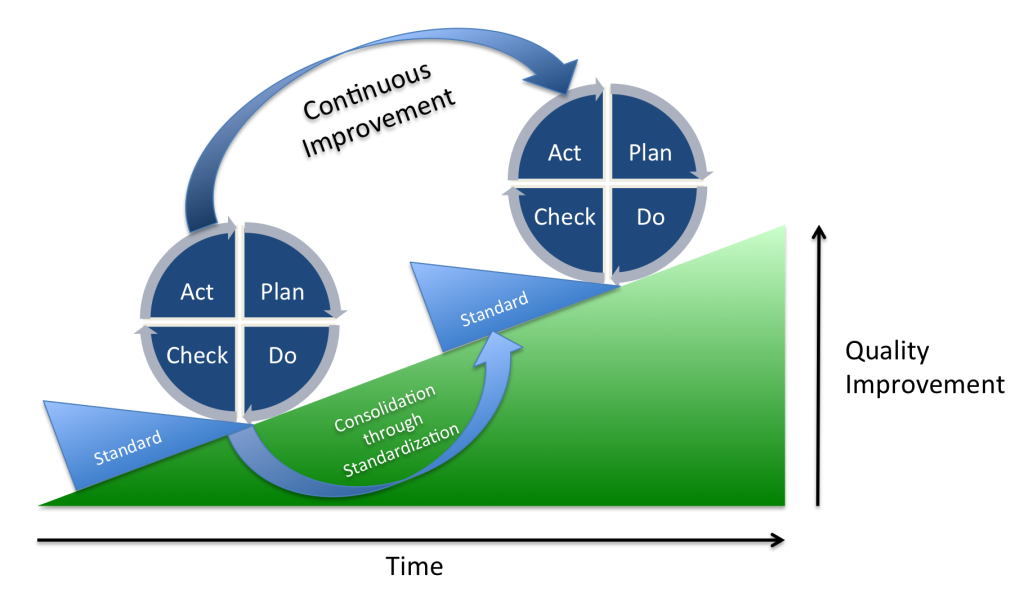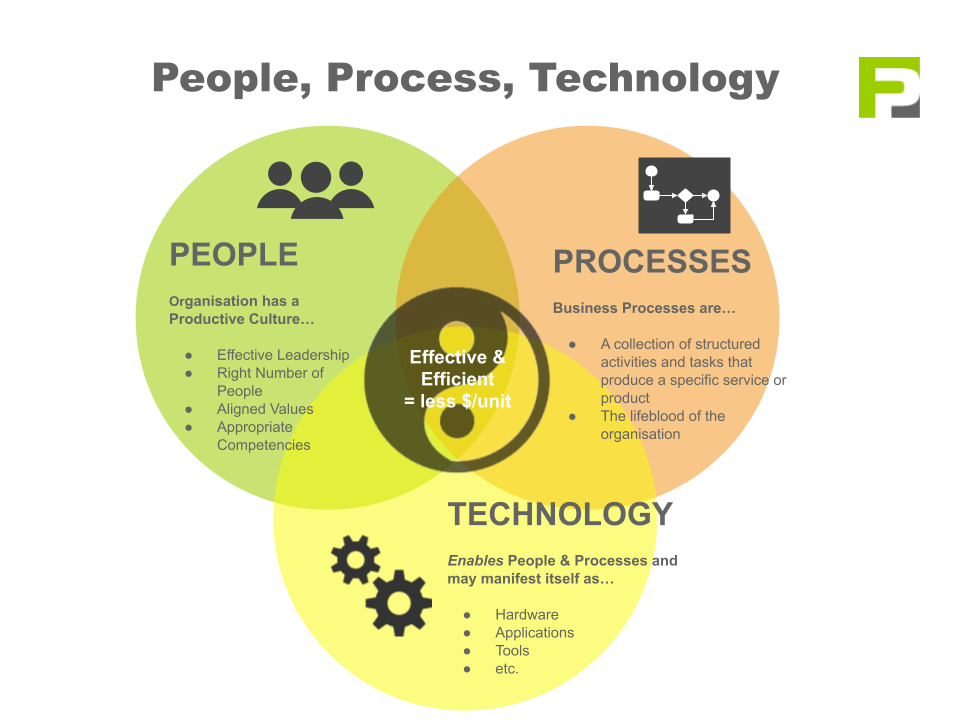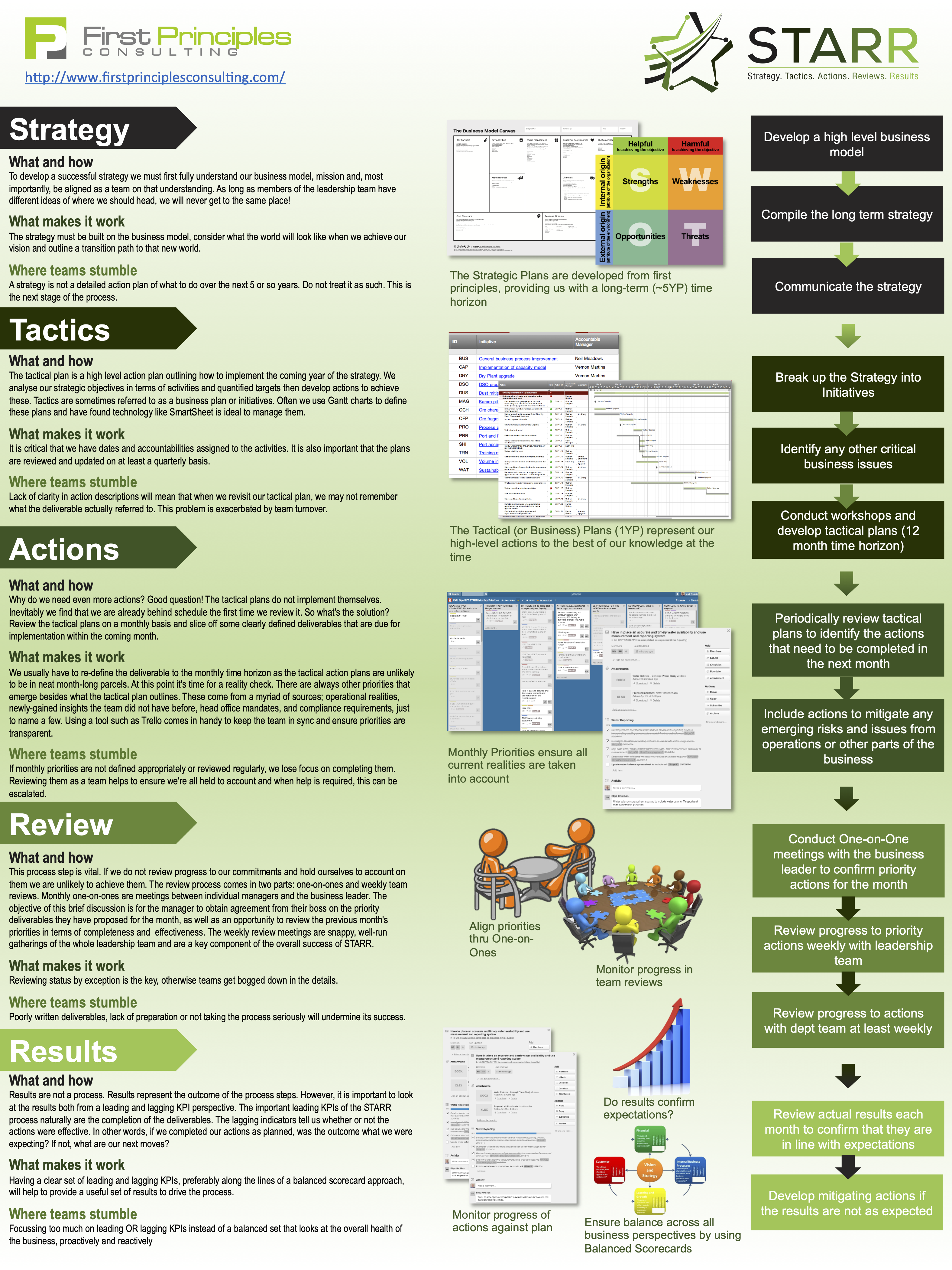No organisation can attain its goals, achieve its strategy, delight its stakeholders and remain competitive if its workforce is not performing at the required level.
Jack Welch‘s 20-70-10 model (aka the Vitality Curve) describes how employees can be classified into three categories: High performers (20%), average (70%) and 10% that should be moved on. It is important to note that the authors in no way agree with the so-called ‘Rank-and-Yank’ management approach even Jack Welch does not agree with it, as he explains here. However, the 20-70-10 employee distribution model is a reasonable basis to proceed from; even if the distribution isn’t exactly the same in every organisation, the principle is rooted in the famous Pareto principle (80/20 rule) and remains sound.
There has been a recent shift away from the traditional annual or biannual performance reviews, with companies such as Google, General Electric, Accenture and Deloitte – to name a few – ditching annual performance reviews and implementing alternative processes. For good reason, feedback is most useful when it’s contextual, therefore it must be timely.
Manager Tools have developed a structured process of frequent, open, two-way communication between managers and their reports. They refer to it as The Trinity – made up of One on Ones, Feedback, Coaching and Delegation. This approach has proven to be a highly effective management tool.

Putting it all together
1. Implement a system of frequent, open, two-way communication between managers and their reports.
2. Align your employee’s performance objectives with your organisation’s strategic objectives.
3. Continue to support your high achievers (the 20%) but beware of creating a chasm between them and the rest of the team by disproportionately rewarding them. After all, you’re trying to build a cohesive, collaborative team, not a divided one.
4. Ensure the 10% of underachievers are actively performance-managed via frequent feedback loops; they will respond in one of three ways:
- They will either improve and move into the 70% group
- They will become sufficiently uncomfortable and find more suitable work (either within the organisation or elsewhere
- They will not change
Either way, the percentage of underachievers will reduce to below 10%, which was your original objective.
Fortunately, these days, project management is a well defined discipline – why would you even want to reinvent it?
It makes sense to get the most from your largest group of people, the 70% that fall into the average performer category. Clearly, this is where you will get your best bang for your buck.
But how?
Help your 70% of average team members perform better by supporting them better. These folks aren’t bad people, they’re not incompetent, they’re not lazy, they’re not malevolent, they are… average!
The goal is to lift employee performance through empowerment. Empowerment comes from competency and enablement. To achieve this, two factors are required:
- Delegation: Leaders delegate decision-making and execution down to the lowest level possible, and
- Resourcing: Leaders equip employees with the skills and knowledge, resources and tools necessary to make good decisions.
These days, the first factor is usually well understood. However, research and experience indicate that, too often, the second factor is neglected or poorly implemented, leaving people struggling instead of excelling. Let’s explore how providing appropriate resources to your people provides the desired results.

Your next challenge in leading an organisation will be to find the sweet spot between chaos and bureaucracy.
Here’s how:
You provide your teams with fit-for-purpose management frameworks. Generally speaking, these will be Management Systems, e.g.
- Quality Management Systems (QMS),
- Operations Management Systems (OMS, a legacy term for it is MOS),
- Employee Management Systems (EMS),
- Environmental Management Systems (EMS),
- Health and Safety Management Systems (EHS),
- Project Management Systems (PMS),
- Contractor Management Systems, etc.
These Management Systems will contain resources such as processes, rules, tools, templates, etc, and usually, they will be enabled in part or fully by a specific or a collection of ICT solutions.
Over time, team members using these tools and processes will need to become competent in how to get the most from the processes, systems and tools, until it just becomes ‘the way we work around here’. A combination of education and on-the-job experience is a proven way to success here.

It will all come together when you empower your people, make your business processes fit for purpose and use innovative technology. These three aspects must all work in harmony, not fighting each other, as is all too common.
Here is an example we have witnessed over and over
As organisations mature they usually notice how most of their people struggle when asked to manage projects. To be fair, projects are a different beast and require a different approach (and Management System) than the usual, day-to-day work. Fortunately, these days, project management is a well-defined discipline with methodologies such as PRINCE2, PMBOK and Agile, which can easily access to your personnel. So, well-meaning managers send their staff (most likely the 70% group) off to formal training (notice how the 20% of high achievers have already booked themselves onto the course and are learning how to manage projects in their own time, while your 10% group aren’t even aware that they need help).
After the training course your team members get back to work and are keen to apply what they’ve learnt. Watch what happens next: the first step they need to take to get their project on track is to define it, and what better tool than a Project Charter. Oh, we don’t have one of those… So, dutifully, they find one on the Internet or use one from the course and complete it. The next step is to have it approved by their manager, but you’ve guessed it, she doesn’t know what that’s all about. And on it goes.
What the company should be doing to get the most out of their team members is to support them with the relevant management framework, in this case a Project Management System (PMS). This will allow employee competency to work in harmony with the supporting processes and tools (a PMS consists of milestone approval gateways, specialised tools, forms and steps etc. that ensure the project is safely guided through all the pitfalls that more experienced project managers know all too well).
The above is a simple example, Management Systems can be far more complex and powerful than outlined here, but the logic holds true universally.
This isn’t just a nice-to-have, it is your organisation’s responsibility to provide your people with such frameworks and management systems. And as a leader, this means you’re accountable for their identification and implementation. No matter how great your hiring process is, by definition, you will end up with a group of well-meaning, average performers who can do so much better when your systems support them properly.
Your next challenge in leading an organisation will be to find the sweet spot between chaos and bureaucracy… It involves integrating your Management Systems and working on your organisational culture, but that’s a topic of another discussion!





